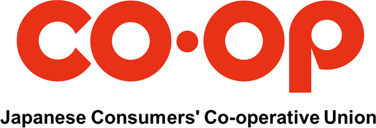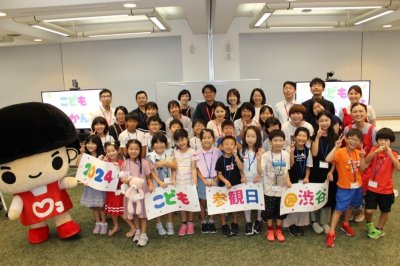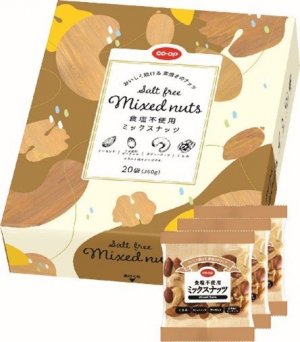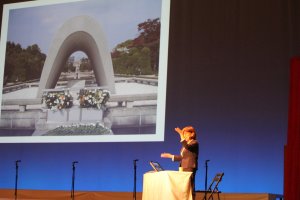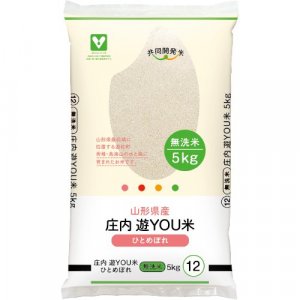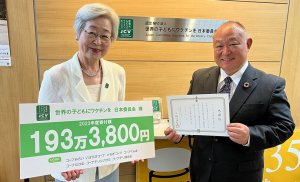JCCU releases fiscal 2017 radioactive substance intake investigation results
2018.03.26
Since the fiscal 2011, just after the Great East Japan Earthquake, JCCU has been conducting a survey to find out the level of radioactive substances in home meals, and on March 7, 2018 the results for the fiscal 2017 was released.
Even-though 7 years have passed since the melt down of Fukushima Daiichi Nuclear Power Plant and the subsequent release of radioactive substances, the anxiety of co-op members as well as the general public regarding radioactive contamination of food has not ceased. This is the reason for JCCU’s continuing investigation, to find out the actual situation scientifically and provide survey results and related information widely to consumers in an easy-to-understand manner.
This time the survey period was from June 22, 2017 - January 31, 2018 with a target number of 234 households (234 meals samples from 18 prefectures from Tohoku to Chubu. For Fukushima prefecture alone 100 households 100 samples were taken). The two-day meals from each household (total of 6 meals and between-meal snack) was made into one sample, mixed together and examined for cesium levels using a germanium semiconductor detector. The detection limit (threshold) for the measurement of cesium 134, cesium 137 and potassium 40 was 1 Bq/kg.
Comparing the investigation results in fiscal 2017 with the results in the past 6 years, the following results have been summarized.
On the amount of the radioactive cesium per 1 kg of meal, the radioactive cesium beyond the detection limit was not detected by any of the samples investigated in fiscal 2017.
In each year of investigation from 2011 to 2013 some amount of radioactive cesium was detected but the detection ratio and the maximum value of radioactive cesium has been reduced with each passing year, however, from fiscal 2014 no radioactive cesium has been detected for 4 consecutive years. As a result of having investigated 2,362 samples in 7 years, it could be inferred that the assumption that one could continuously be eating meals containing 1 Bq/kg or more of radioactive cesium is extremely low.
Estimated internal radiation exposure dose from meal per one year (radioactive cesium) has become progressively lower from 2011 to 2013. From fiscal 2014 to 2017, radioactive cesium could not be detected and therefore cannot be compared, however, the internal exposure dose is considered to be equal or less than the level recorded in 2013.
Radioactive potassium (Potassium 40), which is included in food regardless of nuclear disasters, was detected in all samples with a value of 13- 52 Bq/kg. Hence the internal radiation exposure dose of radioactivity per year would be 0.021- 0.29 mSv. This result is same with the past 6 years.
JCCU would continue this investigation in the years ahead to disseminate the right information to members and the general public.
